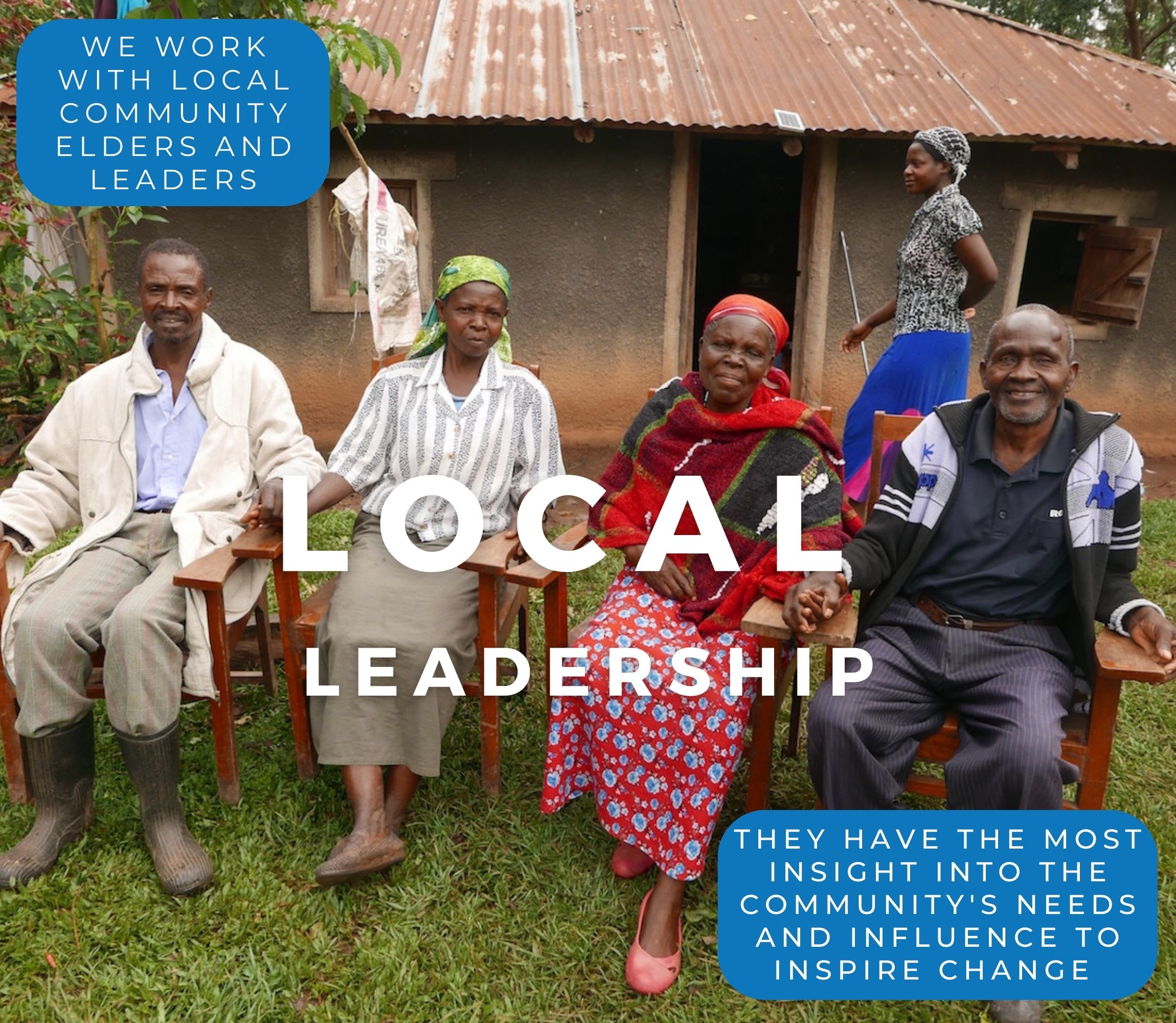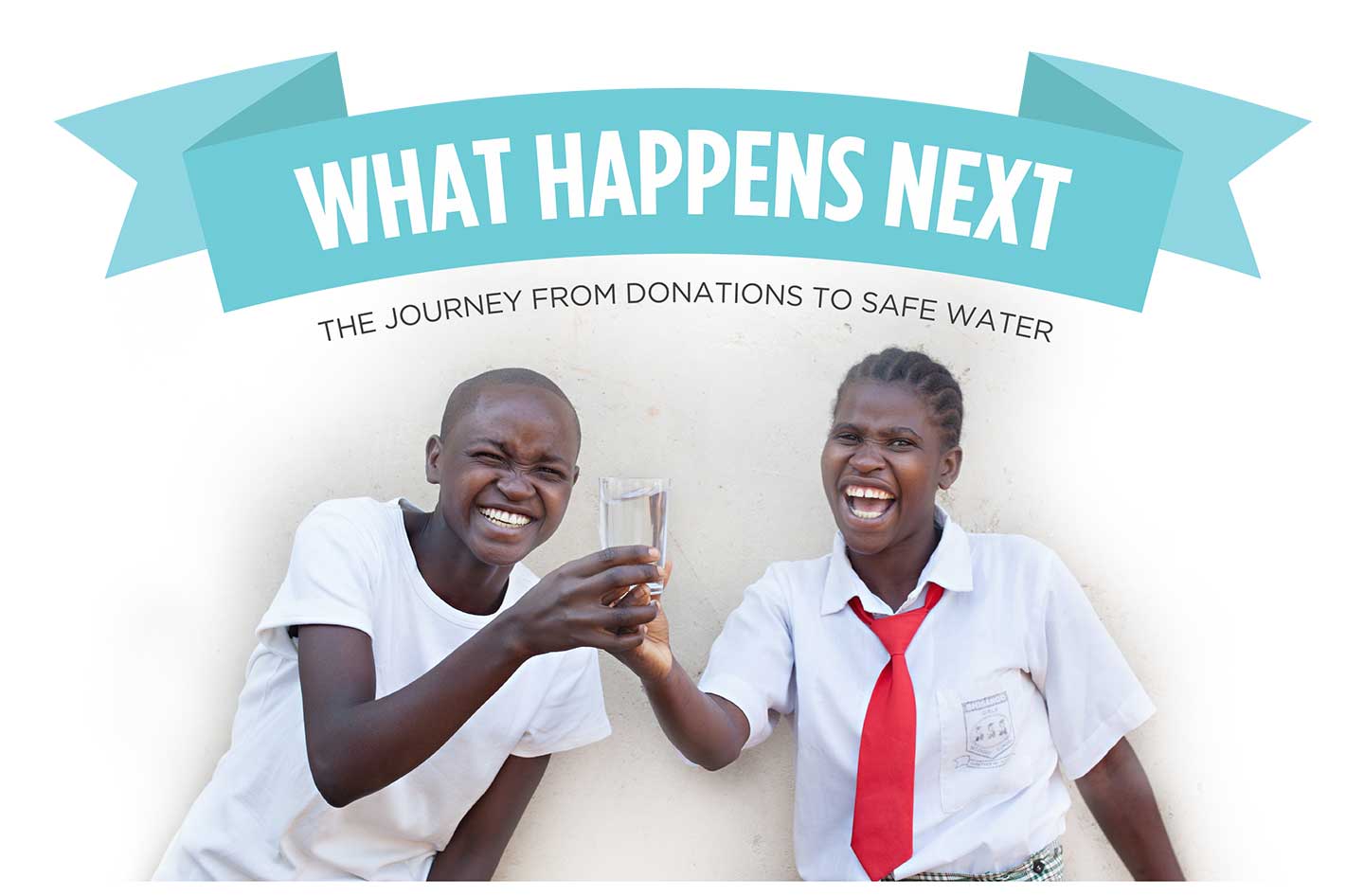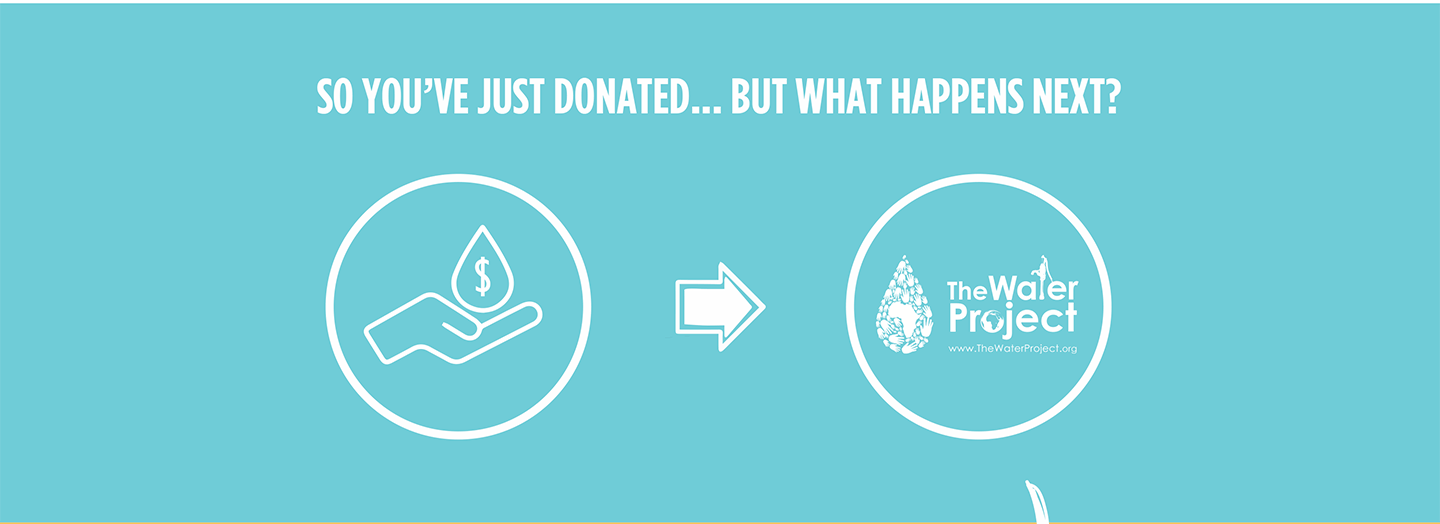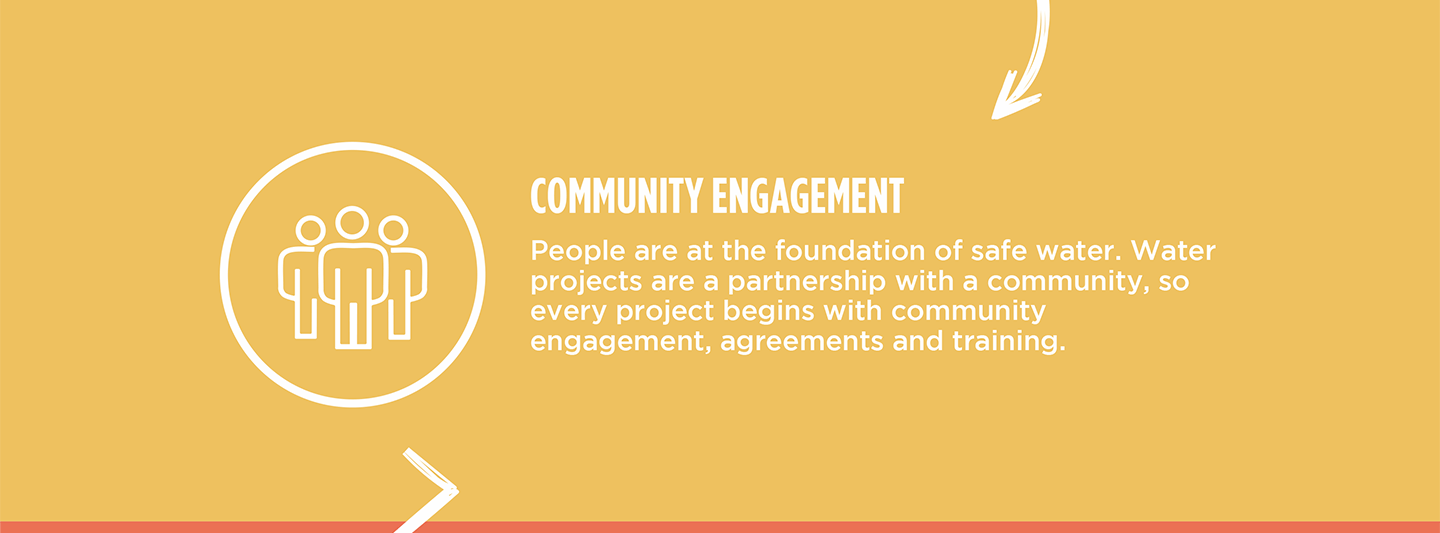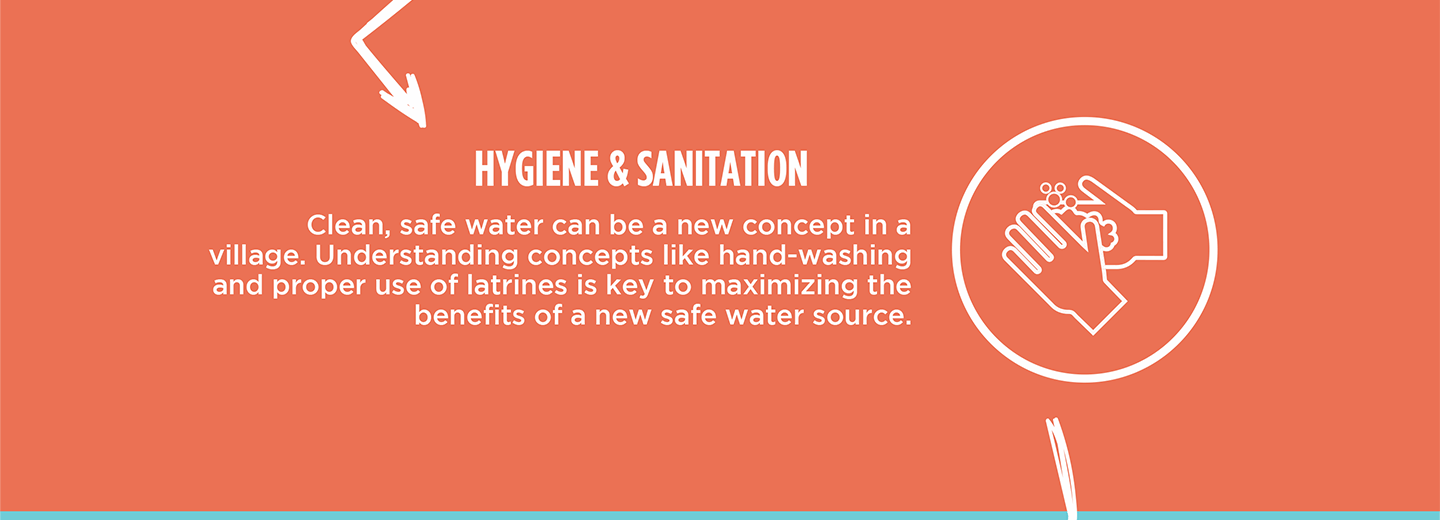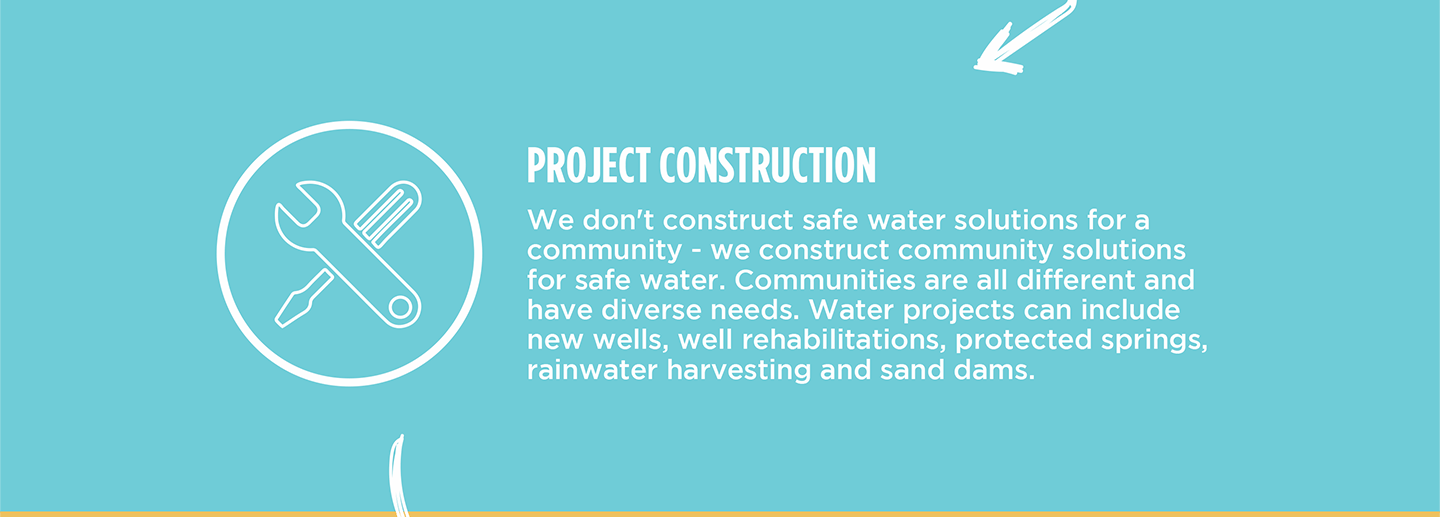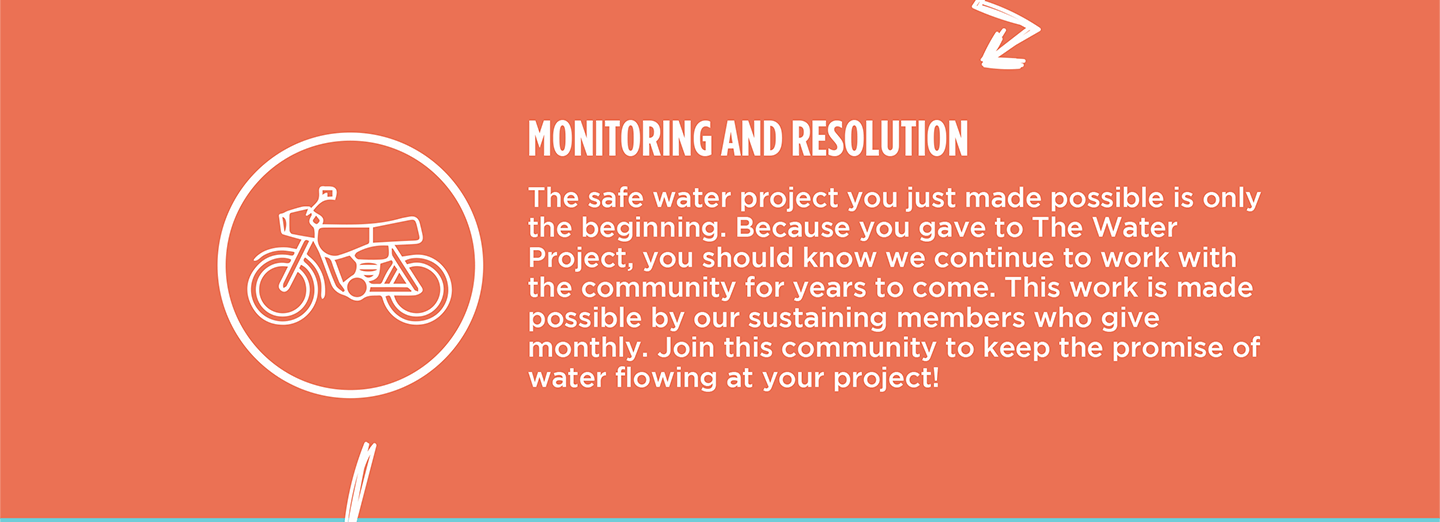The village of Busokha in Western Kenya is home to Luvale Spring, the primary water source for the 210 people of this community. It is a community that relies on farming and small businesses to survive.

The spring is located in a flat, rocky, grassy area surrounded by farm plots. It is open to various types of contamination, including people, animals, and runoff from the nearby farms.
Many community members end up visiting the hospital as a result of using unclean water. Abigail Kaya (37) shared her concern, "This water source has costed us. There was a time when each household had a patient to attend to [at the hospital]. After doing a follow-up, it was discovered that the main issue was water."

She went on to share how this spring protection gives her hope: "You coming in to protect the spring, it's an answered prayer."
Since the spring is an open pool, community members need to stand in the water to draw and take turns because if they all dip their containers in the water at once, they will have to wait for the water to clear up before drawing from it again. The waiting can cause impatience with one another as valuable time is wasted.

Zekariel N., a 14-year-old student from the community, shared the challenges he encounters when trying to collect water: "Children have been looked down [upon] at this spring. There are times when the spring is overcrowded. Very few women will allow children to draw water before them. The majority do not allow that to happen. If the children use force, they are seen as disobedient."
What We Can Do:
Spring Protection
Protecting the spring will help provide access to cleaner and safer water and reduce the time people have to spend to fetch it. Construction will keep surface runoff and other contaminants out of the water. With the community's high involvement in the process, there should be a good sense of responsibility and ownership for the new clean water source.
Fetching water is a task predominantly carried out by women and young girls. Protecting the spring and offering training and support will, therefore, help empower the female members of the community by freeing up more of their time and energy to engage and invest in income-generating activities and their education.
Training on Health, Hygiene, COVID-19, and More
To hold trainings during the pandemic, we work closely with both community leaders and the local government to approve small groups to attend training. We ask community leaders to invite a select yet representative group of people to attend training who will then act as ambassadors to the rest of the community to share what they learn. We also communicate our expectations of physical distancing and wearing masks for all who choose to attend.
The training will focus on improved hygiene, health, and sanitation habits in this community. We will also have a dedicated session on COVID-19 symptoms, transmission routes, and prevention best practices.
With the community's input, we will identify key leverage points where they can alter their practices at the personal, household, and community levels to affect change. This training will help to ensure participants have the knowledge they need about healthy practices and their importance to make the most of their water point as soon as water is flowing.
Our team of facilitators will use a variety of methods to train community members. Some of these methods include participatory hygiene and sanitation transformation, asset-based community development, group discussions, handouts, and demonstrations at the spring.
One of the most important issues we plan to cover is the handling, storage, and treatment of water. Having a clean water source will be extremely helpful, but it is useless if water gets contaminated by the time it is consumed. We and the community strongly believe that all of these components will work together to improve living standards here, which will help to unlock the potential for these community members to live better, healthier lives.
We will then conduct a small series of follow-up trainings before transitioning to our regularly scheduled support visits throughout the year.
Training will result in the formation of a water user committee, elected by their peers, that will oversee the operations and maintenance of the spring. The committee will enforce proper behavior around the spring and delegate tasks that will help preserve the site, such as building a fence and digging proper drainage channels. The fence will keep out destructive animals and unwanted waste, and the drainage will keep the area's mosquito population at a minimum.
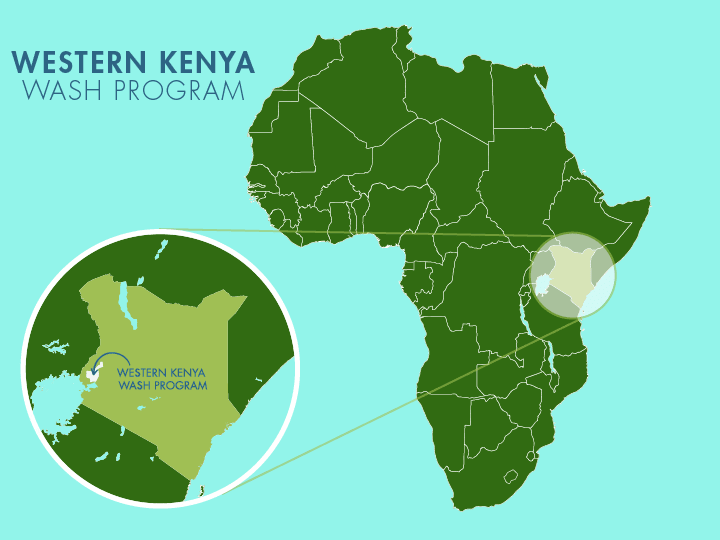
 Protected Spring
Protected Spring
 Rehabilitation Project
Rehabilitation Project

